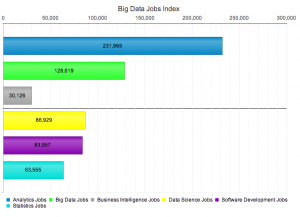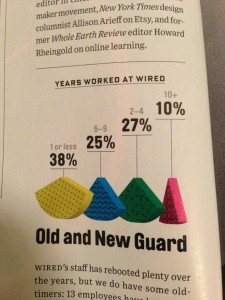An article in Nature (not free access, unfortunately) by Australian molecular biologist David L. Vaux
“Experimental biologists, their reviewers and their publishers must grasp basic statistics, or sloppy science will continue to grow.”
This doesn’t come as a surprise to statisticians, but it is nice to get the support from the biology side. His recommendations are also familiar and welcome
How can the understanding and use of elementary statistics be improved? Young researchers need to be taught the practicalities of using statistics at the point at which they obtain the results of their very first experiments.
[Journals] should refuse to publish papers that contain fundamental errors, and readily publish corrections for published papers that fall short. This requires engaging reviewers who are statistically literate and editors who can verify the process. Numerical data should be made available either as part of the paper or as linked, computer-interpretable files so that readers can perform or confirm statistical analyses themselves.
Professor Vaux goes on to say
When William Strunk Jr, a professor of English, was faced with a flood of errors in spelling, grammar and English usage, he wrote a short, practical guide that became The Elements of Style(also known as Strunk and White). Perhaps experimental biologists need a similar booklet on statistics.
And here I have to quibble. Experimental biologists already have too many guides like Strunk & White, full of outdated prejudices and policies that the authors themselves would not follow. What we need is a guide that lays out how good scientists and statisticians actually do handle common types of experiment (ie, evidence-based standard recipes), together with some education on the basic principles: contrasts, blocking, randomization, sources of variation, descriptions of uncertainty. And perhaps a few entertaining horror stories of Doing It Rong and the consequences.

